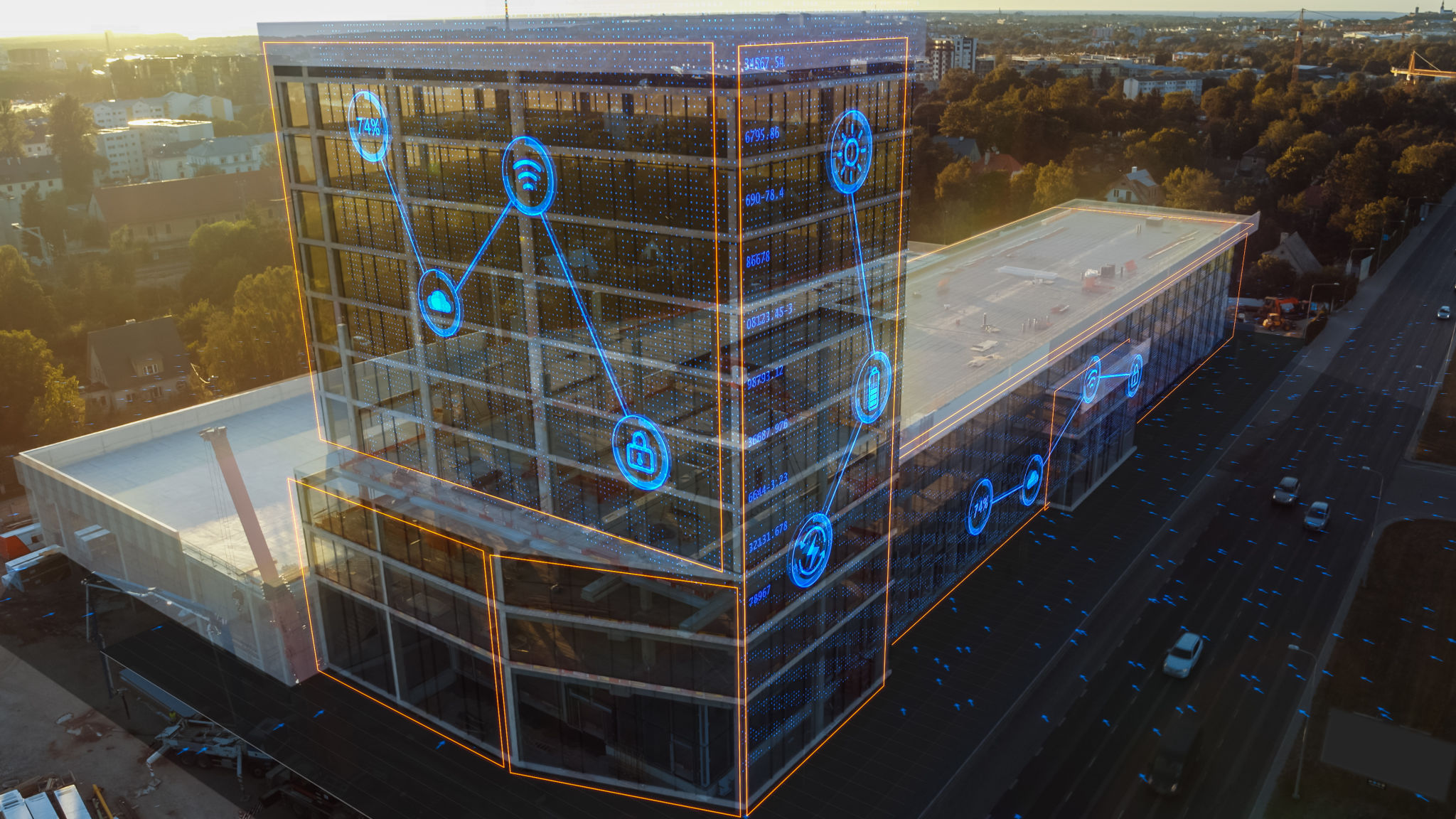Ensuring High-Rise Building Safety in Florida: A Comprehensive Guide
Understanding High-Rise Building Safety Regulations
In Florida, ensuring the safety of high-rise buildings is a critical concern due to the state's unique climate and weather conditions. The state has implemented stringent building codes and safety regulations to protect residents and property. It's imperative for property owners, managers, and developers to understand these regulations and ensure compliance to maintain safety standards.

Key Safety Elements in High-Rise Buildings
High-rise buildings require specific safety features to mitigate risks associated with fires, structural failures, and other emergencies. Essential safety elements include:
- Fire Safety Systems: Incorporating smoke detectors, fire alarms, and sprinkler systems is crucial for early detection and suppression of fires.
- Structural Integrity: Buildings must be designed and constructed to withstand strong winds and hurricanes, common in Florida.
- Emergency Exits: Clearly marked and accessible emergency exits are vital for safe evacuation during emergencies.
The Role of Regular Inspections
Routine inspections play a significant role in maintaining the safety of high-rise buildings. These inspections help identify potential hazards and ensure that all safety systems are functioning correctly. In Florida, building codes require regular inspections by certified professionals to ensure compliance with safety standards.

Preparing for Natural Disasters
Florida's susceptibility to hurricanes and tropical storms necessitates comprehensive disaster preparedness plans for high-rise buildings. Building owners should implement robust preparedness strategies, including:
- Risk Assessments: Conducting thorough risk assessments to understand potential vulnerabilities.
- Emergency Drills: Regularly conducting emergency drills to ensure residents and staff are prepared.
- Backup Systems: Installing backup power systems to maintain essential services during outages.
Technology Integration for Enhanced Safety
Advancements in technology provide new opportunities to enhance the safety of high-rise buildings. Integrating smart building technologies can improve monitoring, communication, and response times during emergencies. Systems such as IoT devices, automated security systems, and real-time monitoring can significantly boost building safety features.

Importance of Resident Awareness
While building owners and managers play a significant role in maintaining safety standards, resident awareness is equally important. Educating residents about emergency procedures, evacuation routes, and safety protocols ensures a collective effort in maintaining a safe living environment. Regular community meetings and distribution of informational materials can help keep residents informed and prepared.
Legal Responsibilities and Liabilities
Building owners and managers must be aware of their legal responsibilities concerning high-rise building safety. Compliance with state regulations is not only a legal obligation but also a moral one. Failure to comply can result in severe penalties, including fines, legal action, and increased liability in the event of an incident. Consulting with legal experts can help ensure that all legal requirements are met.
Conclusion: A Commitment to Safety
Ensuring the safety of high-rise buildings in Florida requires a comprehensive approach that includes understanding regulations, regular inspections, disaster preparedness, technology integration, and resident education. By prioritizing these aspects, stakeholders can create safer environments for all occupants. A commitment to safety is not just about compliance; it's about protecting lives and property from potential risks.
